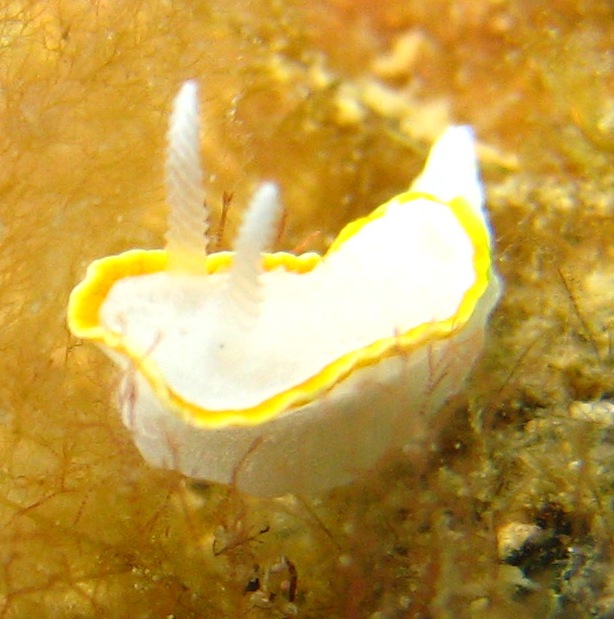If I told you that there was a buried treasure on Oak Island. An Island just off the coast of Nova Scotia. In a spot called The Money Pit, would you believe me?
Oak Island is a 57-hectare (140-acre) island in Lunenburg County on the south shore of Nova Scotia, Canada. This is a tree-covered island and is one of about 360 small islands in Mahone Bay. Oak Island rises to a maximum of 11 meters (36 feet) above sea level. Located 200 meters (660 feet) from shore and connected to the mainland by a modern causeway, the island is privately owned.
After all this area of North America was a favorite stomping ground for pirates in the 18th century. The treasure might be buried in a deep pit, nicknamed The Money Pit. That was to make sure no one but the pirates found it.
But what if I told you that the Oak Island Money Pit was:
- Almost 200 feet deep.
- Protected by an elaborate set of booby traps and underground channels to an ocean beach, over 500 feet away.
- It has been the subject of countless excavations since 1795, costing millions of dollars.
- Six Money Pit Treasure Hunters have died looking for it.
- And all they have found so far is remnants of earlier searches.
The story of the Oak Island Money Pit Treasure is fascinating and complex.
The History Channel now has a TV Series called The Curse of Oak Island Treasure. It is a story of mystery, greed, controversy and a little humor. The Oak Island Money Pit has been sought by many people and corporations for over 200 years. It has attracted all types of explorers. There were the three teenagers who first discovered the site. Franklin D. Roosevelt, a former US President, whose company Old Gold Salvage group searched in 1909. To the swash-buckling actor Errol Flynn, who wanted to search Oak Island in 1940. He was discouraged when he found the search rights belonged to a company owned by fellow actor John Wayne.
The story of the Oak Island Money Pit Treasure has been written about in many books. To date the treasure has not been found, but tantalizing glimpses of the treasure have been reported. The following are some of the theories on who buried the treasure on Oak Island:
- The most popular theory is the early 18th century pirate Captain Kidd, who often visited the Oak Island region for rest and relaxation, and to repair his ships. He seemed to have a habit of burying part of the treasure he plundered far and wide.
- The most bizarre theory is the treasure is the original works of William Shakespeare, that Sir Francis Bacon buried on the site in the late 16th century. This theory is based on evidence from a piece of parchment paper brought up from the pit by one of the treasure hunters.
- Equally strange is the theory of the crown jewels of France, which went missing in 1791. The jewels were smuggled to Louisburg, (north of Oak Island in Cape Breton). Since Louisburg was often attacked by the British when the French owned it, the jewels were unsafe and transported to Oak Island.
The theories go on but no one knows for sure the origin of the Oak Island Money Pit.
Excavation of The Money Pit has never been successful because of the booby traps that protect it. In the 1860’s, while excavating at the 90 feet level, the treasure hunters encountered soggy ground. This was not too surprising because the Pit was only 500 feet from the coast line, and high tide of the ocean was about at the 32 foot level. At 93 feet the water was more pronounced. At 98 feet they struck an extra hard surface. They took the rest of day off and the next morning found that the shaft of the Pit filled with sea water to the 32 foot level. We now know that the miners had inadvertently opened a series of channels to the beach, which were a booby trap to protect the treasure.
Many attempts have been made over the years to discover how the booby trap works. Coffer dams were built on the nearby beach, thought to be the source of the water flow, but to no avail.
In over 200 years that adventurers have searched for the Treasure in the Oak Island Money Pit, they have met oak log platforms every ten feet, to the thirty foot level. From there, a drill probe used in 1849, encountered multiple layers of charcoal, putty, and coconut fiber. At 98 feet a spruce platform guarding two oak chests containing loose metal pieces (pieces of eight?) was discovered.
But the discoveries do not stop there. Continued drilling, in 1897, found there were, layers of wood and iron. Then a 30 foot layer of blue clay (a hand-worked watertight mixture of clay, sand and water). Then a seven-foot deep cement vault at 153 feet, and an iron barrier at 171 feet.
Early in the hunt for the Oak Island Money Pit Treasure, an inscribed stone was found face-down in the Pit. There have been various interpretations made of the inscription.


Today, The Oak Island Money Pit Parcel is owned by two individuals who still search for the Treasure of Oak Island.
Learn more at: http://www.mysteriesofcanada.com/nova-scotia/oak-island-money-pit-treasure/






